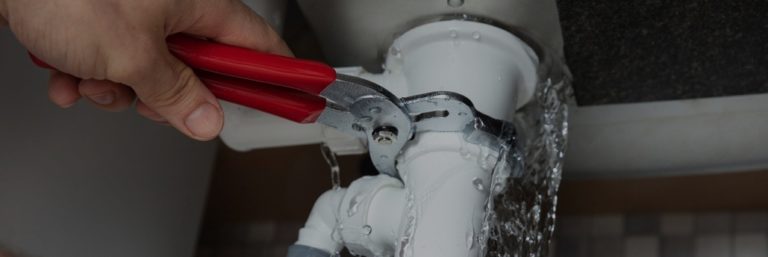Just about every person seems to have their personal theory on the subject of Top leak detection hacks.

Early discovery of leaking water lines can alleviate a prospective disaster. Some small water leakages may not be visible.
1. Examine the Water Meter
Every house has a water meter. Examining it is a guaranteed way that helps you discover leaks. For beginners, shut off all the water sources. Make certain no person will purge, use the tap, shower, run the washing maker or dish washer. From there, go to the meter and also watch if it will transform. Considering that no person is using it, there must be no movements. That shows a fast-moving leakage if it relocates. Furthermore, if you identify no changes, wait an hour or more and also check back again. This indicates you might have a slow-moving leak that might even be underground.
2. Check Water Intake
Assess your water costs and track your water intake. As the one paying it, you ought to see if there are any type of inconsistencies. If you detect sudden changes, in spite of your consumption coinciding, it means that you have leakages in your plumbing system. Remember, your water expense need to fall under the very same array on a monthly basis. An abrupt spike in your bill suggests a fast-moving leakage.
A steady rise every month, also with the same behaviors, reveals you have a sluggish leak that's additionally slowly rising. Call a plumber to extensively check your building, specifically if you feel a warm area on your flooring with piping underneath.
3. Do a Food Coloring Test
When it comes to water intake, 30% comes from bathrooms. If the shade in some way infiltrates your bowl during that time without flushing, there's a leak in between the container as well as dish.
4. Asses Exterior Lines
Do not neglect to examine your outside water lines too. Test spigots by attaching a garden hose. Ought to water permeate out of the link, you have a loose rubber gasket. Replace this and make certain all connections are limited. If you've obtained a lawn sprinkler, it will help get it skillfully checked out as well as preserved each year. One tiny leakage can throw away tons of water as well as increase your water expense.
5. Examine the circumstance and check
Property owners need to make it a routine to check under the sink counters as well as also inside closets for any kind of bad odor or mold and mildew development. These two warnings suggest a leakage so punctual focus is called for. Doing routine inspections, also bi-annually, can conserve you from a major problem.
A lot more notably, if you understand your home is currently old, maintain a watchful eye on your heating systems, tubes, pipelines and so on. Check for discolorations and weakening as most pipelines and also devices have a life expectancy. They will additionally naturally deteriorate as a result of tear and also use. Don't wait for it to intensify if you think dripping water lines in your plumbing system. Call a specialist plumber right now so you don't end up with a horrible mess in your house.
Early detection of dripping water lines can alleviate a potential disaster. Some little water leaks might not be visible. Examining it is a proven means that helps you uncover leaks. One tiny leakage can squander loads of water as well as spike your water bill.
If you presume leaking water lines in your plumbing system, don't wait for it to intensify.
WARNING SIGNS OF WATER LEAKAGE BEHIND THE WALL
PERSISTENT MUSTY ODORS
As water slowly drips from a leaky pipe inside the wall, flooring and sheetrock stay damp and develop an odor similar to wet cardboard. It generates a musty smell that can help you find hidden leaks.
MOLD IN UNUSUAL AREAS
Mold usually grows in wet areas like kitchens, baths and laundry rooms. If you spot the stuff on walls or baseboards in other rooms of the house, it’s a good indicator of undetected water leaks.
STAINS THAT GROW
When mold thrives around a leaky pipe, it sometimes takes hold on the inside surface of the affected wall. A growing stain on otherwise clean sheetrock is often your sign of a hidden plumbing problem.
PEELING OR BUBBLING WALLPAPER / PAINT
This clue is easy to miss in rooms that don’t get much use. When you see wallpaper separating along seams or paint bubbling or flaking off the wall, blame sheetrock that stays wet because of an undetected leak.
BUCKLED CEILINGS AND STAINED FLOORS
If ceilings or floors in bathrooms, kitchens or laundry areas develop structural problems, don’t rule out constant damp inside the walls. Wet sheetrock can affect adjacent framing, flooring and ceilings.
https://www.servicemasterbyzaba.com/blog/how-to-detect-water-leakage-in-walls/

Do you like reading up on Leaking water lines? Try to leave a comment below. We would be delighted to hear your insights about this write-up. In hopes to see you back again in the near future. In case you liked our article please don't forget to share it. Thank you for going through it.